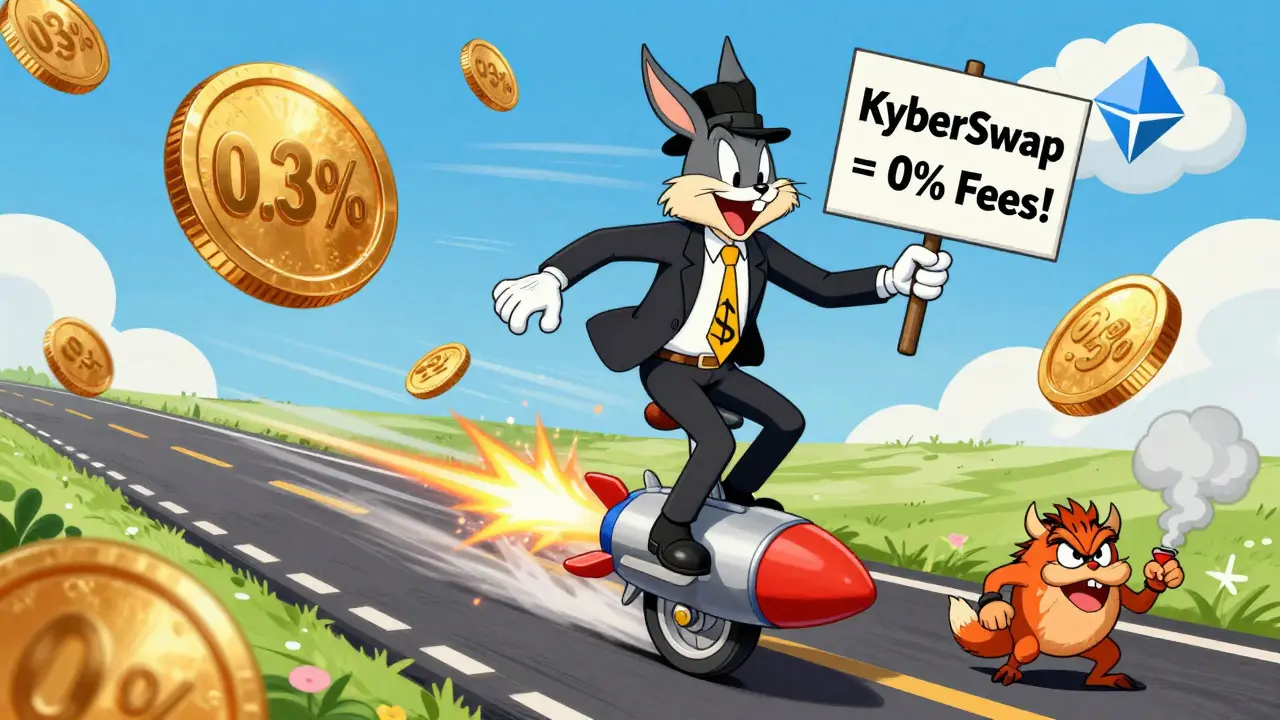Crypto Trading Fees: What Traders Need to Know
When talking about crypto trading fees, the charges applied every time you buy, sell, or swap a digital asset on an exchange. Also known as trading commissions, it directly impacts your profit margin. Crypto trading fees vary widely because each platform designs its own exchange fee structure, a set of rules that dictate maker, taker, withdrawal and other transaction costs. Some services promote zero-fee trading, a model where the exchange waives trading commissions, often offset by higher spreads or token requirements to lure high‑volume users. Then there’s the split between decentralized exchanges, protocols that let you trade directly from your wallet, usually charging a percentage of the trade as a gas‑linked fee and centralized exchanges, platforms that hold custody of assets and often charge separate maker/taker rates. Understanding these entities helps you predict costs, choose the right platform, and optimize returns.
Fee Models Across Exchanges
Every exchange you’ll encounter falls into one of two broad categories: CEXs like Aster, Coincheck, or VaporDex, and DEXs such as OpenOcean or Swapr. CEXs typically publish a tiered fee schedule where higher trading volume earns lower taker rates – a classic example of an exchange fee structure. They might also offer discounts for holding a native token, which adds a layer of complexity but can shave off a few basis points. DEXs, on the other hand, embed their fees in smart contracts, so you pay a percentage plus the network gas cost. This dual‑fee model often leads to higher apparent costs on congested chains, yet it offers transparency because the fee is hard‑coded. Zero‑fee platforms try to sidestep these worries by removing the explicit commission and instead monetizing through token buy‑backs, premium services, or by routing orders through higher‑spreads. The trade‑off is that you might see a less favorable price execution. By comparing a few recent reviews – Aster’s 2025 fee breakdown, OpenOcean’s cross‑chain fee calculator, and VaporDex’s zero‑fee claim – you can see how each model balances cost, liquidity, and user experience. The key takeaway: no single model is universally best; the optimal choice depends on your trade size, frequency, and tolerance for price slippage.
Below you’ll find a curated list of articles that dig deeper into each of these topics. We cover regulatory sandbox programs that affect fee transparency, detailed exchange reviews that break down maker‑taker rates, and practical guides on how to calculate real‑world costs on both centralized and decentralized platforms. Whether you’re a beginner trying to avoid hidden charges or a pro looking to shave off every basis point, the following pieces give you the data and analysis you need to make informed decisions about crypto trading fees.

